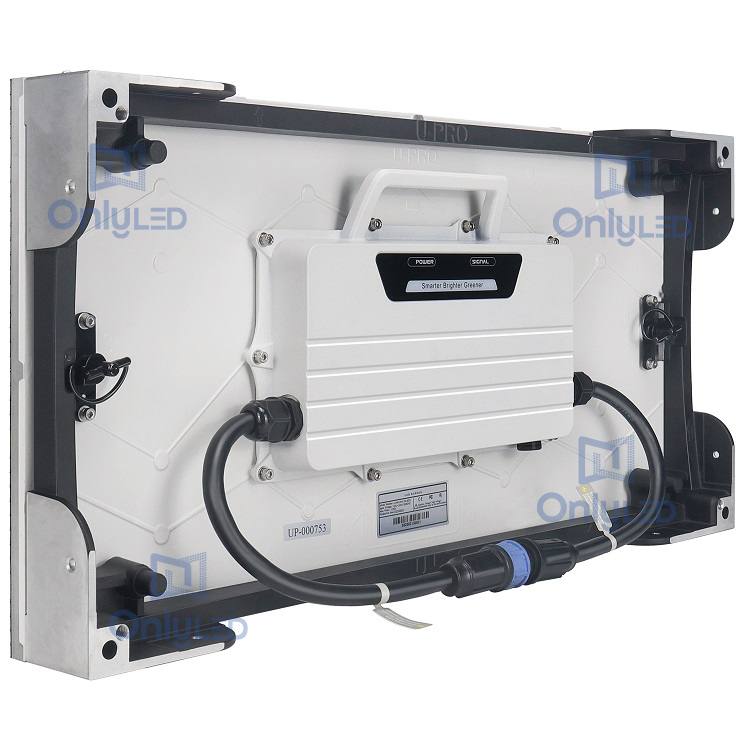Industry News
Comparison of features and functions

In today's rapidly developing world of technology, digital display and LED display are two terms that are often intertwined but represent different concepts. While both forms of display are widely used and offer various advantages, they differ in technology, performance, and applications. ONLY LED digital display manufacturer will delve into the similarities and differences between digital displays and LED displays, revealing what makes them unique.
1. Technology
Digital displays refer to a large class of electronic devices that use digital signals to present visual information. It covers various technologies such as LCD (liquid crystal display), OLED (organic light-emitting diode) and e-ink displays. On the other hand, LED (Light-Emitting Diode) displays exclusively utilize a matrix of tiny light-emitting diodes to form images or display content.
In terms of technology, the main difference between the two is the method of producing light. While digital displays rely on a backlight that illuminates the screen to create images, LED displays emit light directly, improving brightness, contrast, and color accuracy.
2. Performance
LED displays are widely recognized for their excellent performance. Using individual LED modules allows greater control over brightness and color accuracy, delivering vibrant and high-contrast visuals. LED displays have excellent visibility even in bright environments and are suitable for outdoor advertising, scoreboard displays, and large billboards.
Digital displays, on the other hand, offer superior resolution capabilities, making them ideal for applications requiring high pixel density. They are commonly used in computer monitors, televisions and smartphones, where clear, detailed images are crucial.
3. Application
Digital displays and LED displays are widely used in various industries.
Digital displays play an important role in industries such as advertising, gaming, healthcare, and transportation. They are commonly used in public information displays, interactive kiosks and wayfinding systems, effectively delivering real-time information. Digital displays also offer flexibility in content management, allowing for dynamic changes and updates.
On the other hand, LED displays are very common in outdoor advertising, stadiums, concerts, and entertainment events. Their ability to provide high brightness and weather resistance make them ideal for outdoor environments. Additionally, LED displays are often used in retail environments to attract attention and showcase products.
In summary, although both digital displays and LED displays are widely used to present visual information, they have significant differences in technology, performance, and applications. Digital displays include a variety of technologies, while LED displays exclusively use light-emitting diodes. LED displays excel in brightness, contrast and outdoor visibility, making them ideal for applications such as outdoor advertising. Digital displays, on the other hand, offer superior resolution and are typically used in devices that require high pixel density. Understanding the differences between these two types of monitors can help choose the most appropriate option for a specific application.




